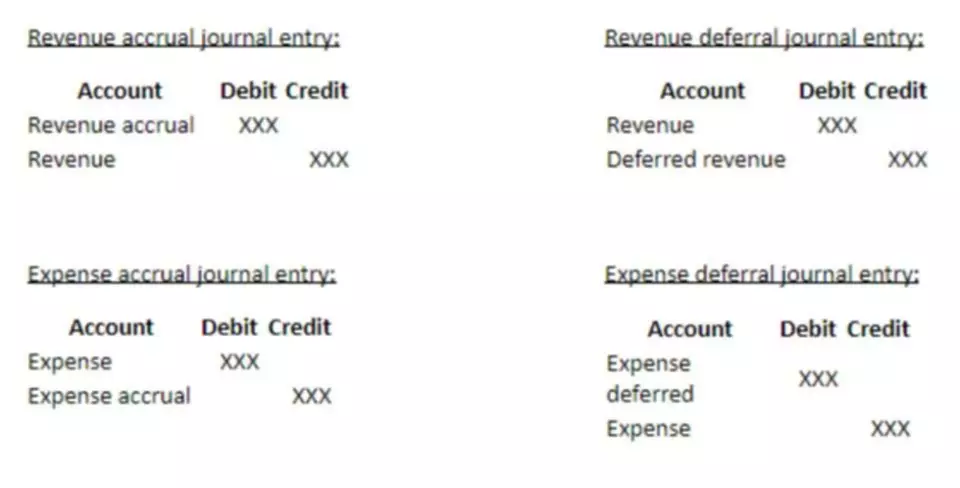Content

But once you’ve got an income estimate to work with, it’s really not so bad. Here’s a quick step-by-step process to help you figure out these quarterly headaches (sorry, taxes). Quarterly tax payments are due April 15, June 15 and September 15 of the tax year, and January 15 of the next year. Your income tax liability accrues on income as it is earned, rather than being due on April 15 of the next year.
- You need to estimate the amount of income you expect to earn for the year.
- If you didn’t pay enough tax throughout the year, either through withholding or by making estimated tax payments, you may have to pay a penalty for underpayment of estimated tax.
- If your business is not a C corp, then it’s known as a “flow-through” entity because profits and losses flow through the business to owners and shareholders, who pay taxes at their individual tax rates.
The best method to use will depend on how long you’ve been in business, how stable your income is, and how willing you are to roll up your sleeves and crunch some numbers on a regular basis. Certain links may direct you away from Bank of America to unaffiliated sites. Bank of America has not been involved in the preparation of the content supplied at unaffiliated sites and does not guarantee or assume any responsibility for their content.
Use your startup cost calculations to get startup funding
Businesses with average taxable sales of $17,000 or more per month are required to make tax prepayments to the California Department of Tax and Fee Administration (CDTFA). You will be notified https://www.bookstime.com/ in writing if this requirement applies to you. Please do not make prepayments without written authorization. You will be required to make two prepayments each calendar quarter.

C corporations are a little bit different, so it’s worth spending a few words on them. Penalty is 25% for failing to file estimated payments or 10% of underpaid tax per quarter. It protects your personal assets, gives you more financial visibility, and can make it easier to manage your taxes.
What the calculator does automatically
Employees who receive a W-2 only
pay half of the total Social Security (6.2%) and Medicare (1.45%)
taxes, while their employer is responsible for paying the other half. Self-employed individuals are responsible for paying both portions of
the Social Security (12.4%) and Medicare (2.9%) taxes. You can also pay your estimated quarterly taxes by making a phone call.
Owners of partnerships, LLCs, and S corporations aren’t employees of the business. They receive payments periodically from the business, and these payments are added to their personal tax returns. They’re generally not subject to withholding, https://www.bookstime.com/articles/business-taxes so estimated taxes may have to be paid. C-Corporations that expect to have an income tax liability to this State of $500 or more are required to file Form CD-429, Corporate Estimated Income Tax, and pay estimated income tax.
Calculate your business startup costs before you launch
And it will save you the trouble of squirreling away 30% from every paycheck that comes in. Every time you receive a payment from a client or customer, put 30% of it into a business savings account. Just enter in all your information, and we’ll tell you how much tax you owe. If you hire employees, you’ll also need to deal with employment tax (aka payroll tax). If you don’t have many deductions to claim, you’ll probably want to claim the standard deduction. This is the total amount withheld from your paychecks and applied directly to your federal tax bill over the course of a year based on your W-4 allowances.
Let’s look over the key inputs to better understand exactly what goes into the results. Add up your business income from each month that has passed between the beginning of the financial year and the present month. You’ll get the satisfaction of ticking that tax payment off your to-do list in one fell swoop.
